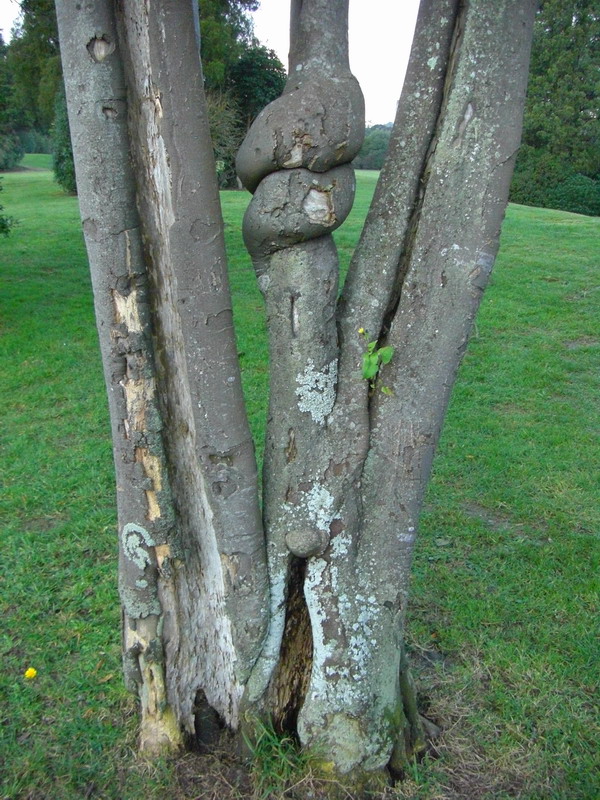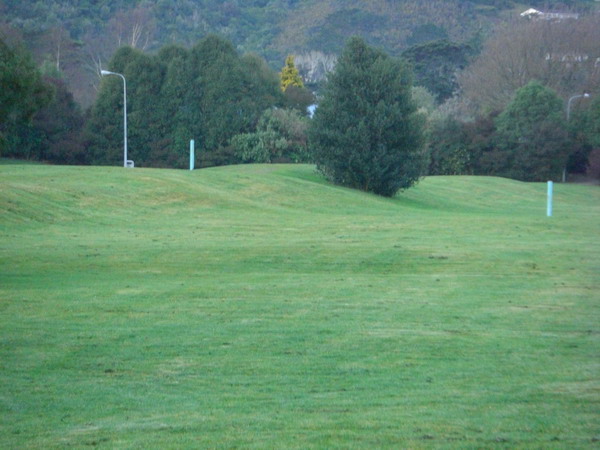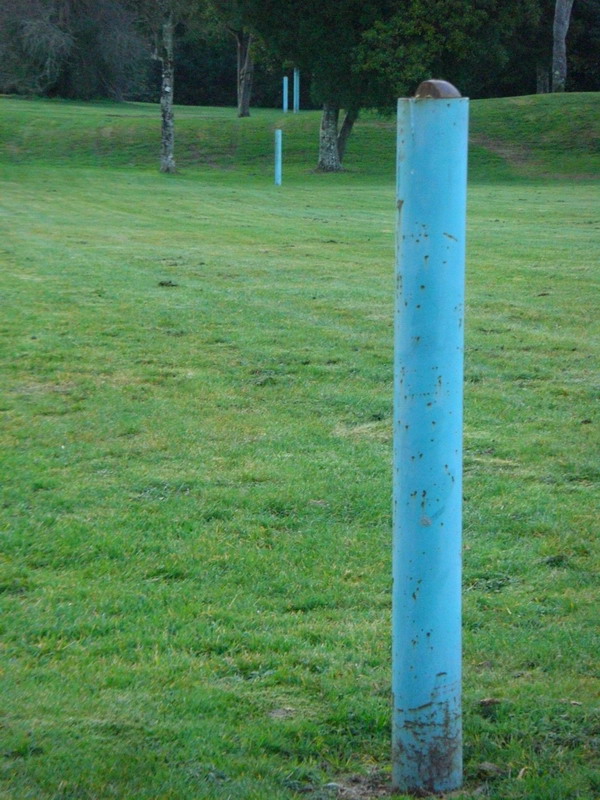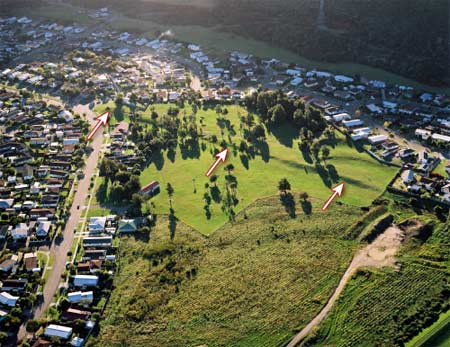It’s All My Fault
I grew up on a faultline.
This shouldn’t come as too much of a surprise, since New Zealand only exists because two tectonic plates decided to get together and have a rub-yourself-up-against-each-other party. To the West we have the Indo-Australian plate, to the East the Pacific Plate. Which I guess actually made it something of a “bring your own plate” party. Ohhh, I’ll be here all week, try the veal.
More specifically though, the actual faultline was about 50 metres (160ft) from my house.
What’s it like growing up in this kind of environment? Well, let’s just say, anything under a 5.0 on the Richter scale you might lift your coffee off the table while you assess it & check your nearest safe zone (table, doorway, etc), but other than that you more or less ignore it.
You become blasé surprisingly quickly.
A more interesting question is: what the hell does a faultline actually look like?
Well, my folks have moved since I was a kid, so I’m now living much farther away. About 50 metres farther.
To get there I have to cross this most excellent bridge:
I do like well considered architecture (and blues skies).
I also have to pass this rather interesting (non earthquake related) tree:

Because we’re on the other side of the world, the sun goes in circles, confusing plant growth patterns
Definitely an odd tree – there’s only one of them.. ahh!
Anyway, just past that, you get to this rather innocuous looking bank:
Just like any old golf course really. Except for those weird blue poles. What’s up with them?
Well, if you sight along them, they look like this:
Notice how they’re perpendicular to the bank. That’s not an accident.
These poles were put in by the government white coats to track plate movement.
That innocent looking bank above? It keeps going in both directions… and there’s an identical looking bank on the other side of the river. That’s the faultline. Twenty years ago that ground was bulldozed flat.
So why do the poles line up, if there’s been all that movement?
Because we’re standing too close. Here are three poles:
Notice how the two on the other side of the fault are angled off to the right of the viewer (ie, the most distant pole is to the left of the central pole).
That is very, very much out of alignment.
When they were put in, they all lined up perfectly. It would have been done with one of these. Theodolites are great, love me a theodolite. If you’ve never used one, I highly recommend it.
So let’s step even farther back:
Remember how the most distant one is slightly to the left?
So you can see that drawing a straight line between the two most distant poles goes off to our right. A straight line between the two poles on this side of the fault goes screaming off to the left of the furthest two.
Not only has there been significant vertical movement, but a ton of lateral motion too.
So here’s the odd thing: There’s been no major earthquakes here, certainly nothing like Christchurch.
What’s happening is something that scientists have only really been able to track since about 2002 – slow earthquakes. These are tricky to spot, since they occur over hours or months, and don’t typically register on seismographs (the scientists use GPS to track them instead).
Many of these slow earthquakes are huge though (R7-9) and they’re radically altering New Zealand’s shape. This isn’t a terrible thing though, NZ’s a weird shape to start with, a bit of a haircut might do us some good.
Why can’t we be an elegant, tastefully shaped country, like Italy’s boot?
Update
I found this brilliant overhead view which shows the faultline perfectly:
The middle arrow is about where I was standing when I took the last four pics above.
The view is stolen from this thoroughly informative page on the subject. Kudos to them!







